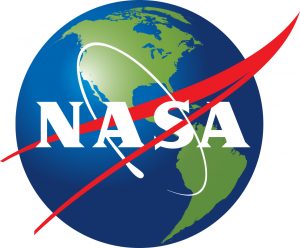Air pollution can appear as a gray or orange haze enveloping a city. What the naked eye can’t see are the hundreds of chemical reactions taking place to produce that pollution. NASA science can reveal a more complete picture of atmospheric chemistry.
A NASA visualization shows 96 chemical species that help form one common air pollutant — surface ozone. Capturing such complexity requires satellites, a sophisticated computer model and a supercomputer all working in concert.
Satellites observe chemical species in the atmosphere, both those emitted from natural and human sources and those formed from other pollutants. Yet, even several hundred thousand observations a day leave data gaps. Merging satellite data with NASA’s computer model yields not only a snapshot of chemistry throughout the atmosphere at any given time but also the ability to predict air quality worldwide.
 This model makes a 5-day forecast daily using the NASA Center for Climate Simulation’s Discover supercomputer. To further help policymakers, NASA scientists are working with city partners on providing customized air quality forecasts and with New York University and UNICEF to refine an air quality health index for children with asthma.
This model makes a 5-day forecast daily using the NASA Center for Climate Simulation’s Discover supercomputer. To further help policymakers, NASA scientists are working with city partners on providing customized air quality forecasts and with New York University and UNICEF to refine an air quality health index for children with asthma.
